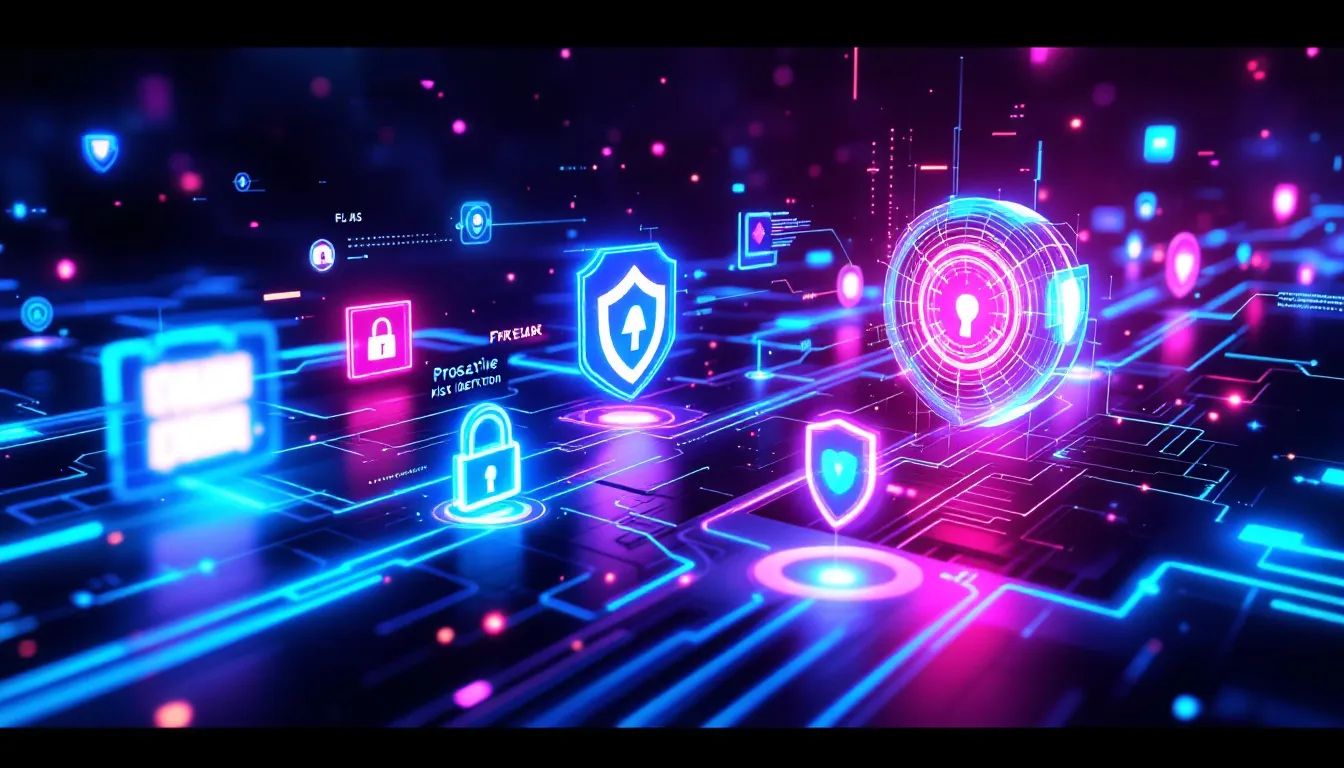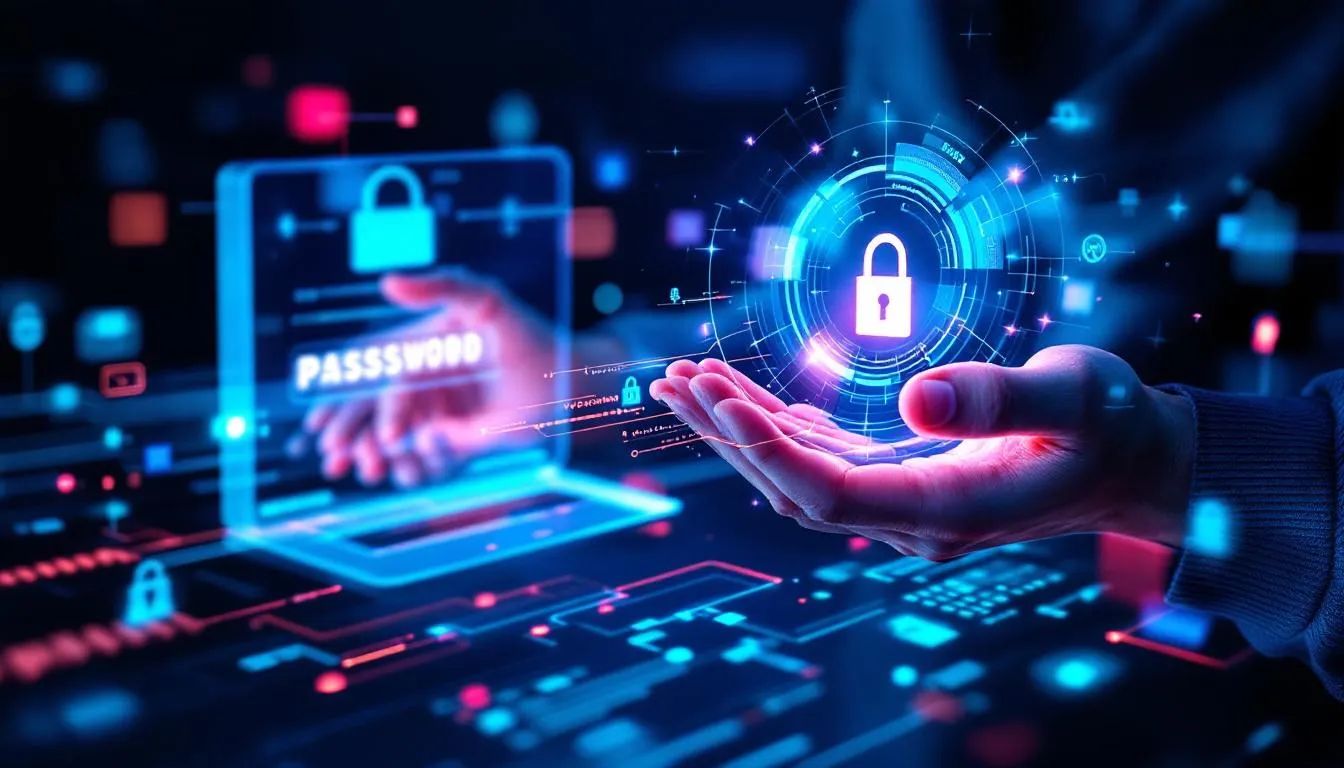What is Two Factor Authentication
In today’s connected world, keeping your online accounts safe is harder than ever. Cybercriminals are always evolving, and passwords alone are no longer enough. Two factor authentication (2FA), also known as auth 2FA, adds a second layer of defense by verifying your identity through another factor before granting access.
Unlike a standard login that relies only on a password, 2FA requires both something you know and something you have — like your mobile phone or a security key. This makes it much harder for attackers to get in even if your credentials are stolen.
To learn more about how authentication is changing, visit Multi-Factor Authentication: Your Complete Guide.
Why Two Factor Authentication is Important
Millions of accounts are compromised every year through phishing, credential leaks, and weak passwords. Even strong passwords can be stolen or reused. Two factor authentication adds an extra barrier so only verified users can access sensitive info.
Enabling multi factor authentication reduces the risk of unauthorized access by requiring a second factor — often a verification code or app confirmation. For example, after you enter your password, you might receive a code on your phone through an authenticator app like Google Authenticator, Everykey or Microsoft Authenticator.
According to Google’s security report, enabling 2FA can block over 90% of automated attacks — proving that an extra step goes a long way.
How Multi Factor Authentication Works
Multi factor authentication (MFA) builds on 2FA by using multiple verification types. These include:
Something you know — a password or PIN
Something you have — a security key, token, or mobile device
Something you are — a fingerprint or facial scan
The process confirms the person logging in is actually the account owner, not just someone who knows their credentials. Each extra method adds another layer of protection.
The Cybersecurity and Infrastructure Security Agency (CISA) always recommends MFA as one of the best ways to prevent account takeovers.
Factor Authentication and the Second Factor
The second factor in authentication varies by platform. Users might receive a verification code by SMS, email, or generate one through an app like Authy.
This extra factor means even if someone steals your password, they can’t log in without access to your registered device. Some companies use hardware tokens that generate one-time passwords (OTPs), while others use a QR code during setup to connect your phone securely.
The Authenticator App
An authenticator app like Google Authenticator or Microsoft Authenticator is a simple and reliable way to secure your accounts. Instead of SMS codes, users generate time-based passwords within the app, which works even offline.
These apps use the same algorithms trusted by banks, making them more secure than text messages. They also reduce risks like SIM swapping and phishing. For users managing multiple accounts, authenticator apps are faster and easier to use than waiting for an SMS message.
2FA in Practice
Setting up 2FA is easy. Most major platforms — Gmail, Facebook, Dropbox, and Twitter — have it in their security settings.
When you enable 2FA, you’ll scan a QR code with your app or connect a physical security key like a YubiKey. Once done, your account is much harder to compromise. Even if someone knows your password, they can’t log in without the second factor.

Hardware Tokens: Physical Security in a Digital World
Hardware tokens are one of the most secure options for 2FA. These devices — like YubiKeys — store encrypted credentials and operate offline, making them resistant to phishing and malware.
Because tokens require physical possession, they’re widely used by financial institutions and IT administrators. For users handling sensitive data, a hardware token provides peace of mind.
Two Step Verification vs Multi Factor Authentication
Two step verification and multi factor authentication are related but not the same. Both strengthen account security, but MFA may involve more than two steps.
Two step verification can use two methods of the same type (e.g. password + email code), while MFA combines different categories — e.g. password + fingerprint.
Both reduce risk by requiring proof of identity beyond just a password.
The One Time Password
A one time password (OTP) is a temporary code valid for only one login session. Because these codes expire quickly, hackers can’t reuse stolen credentials. OTPs are delivered by SMS, email, or generated in an app, and are the foundation of most 2FA systems. Many financial institutions use OTPs to secure client data.
For more on authentication standards, see the NIST Digital Identity Guidelines.
Google Authenticator and Other Trusted Apps
Google Authenticator is a popular choice for basic 2FA. It’s free, lightweight, and works offline.
Other reliable apps include Microsoft Authenticator and Authy, which add cloud backup and multi-device sync. For privacy-first users, Aegis Authenticator (for Android) provides full encryption with no online storage.
Meanwhile, modern passwordless tools like Everykey are redefining authentication entirely. Instead of entering codes, Everykey unlocks your devices and accounts automatically when your trusted key or phone is nearby — a proximity-based approach that combines strong security with ease of use.
For more on how proximity authentication helps professionals stay secure, see How MSPs Can Win More Clients by Offering Frictionless Access and Security.
How to Log In with 2FA
Once 2FA is enabled, the login process adds one extra step. After entering your username and password, you’ll confirm your login with a code, app prompt, or security key.
This takes only a few seconds but is much more secure. Even if someone tries to access your account from a new location, they won’t be able to without your second factor.
If you lose access to your phone or app, backup codes and recovery options will help you get back in.
How to Enable 2FA on Your Accounts
To enable 2FA, go to your account’s security settings. Look for “enable two factor authentication” or “two step verification.” Scan the QR code, enter a verification code, or link a hardware token.
Most services, including Google, Microsoft, and Dropbox, offer step-by-step guides. Always test your setup before logging out to make sure your login works smoothly.
Types of 2FA
Common forms of 2FA include:
SMS-based codes sent to your phone
App-based authentication using an authenticator app
Hardware tokens for offline code generation
Biometric verification, like fingerprint or facial scan
Proximity-based authentication using devices like Everykey
Each offers a different balance of convenience, reliability, and security.
Common Mistakes When Setting Up 2FA
Users sometimes make simple mistakes when setting up 2FA. Forgetting to save backup codes, losing devices, or skipping recovery options can lock you out.
To avoid issues, make sure to check your recovery settings, store codes safely, and test your login from a secondary device before relying on it.
The Future of Authentication
Authentication is moving beyond passwords. Biometrics, hardware keys, and passwordless systems are the future of secure access.
Solutions like Microsoft Entra ID and Everykey show how identity verification can be both secure and seamless. These systems use encryption and device trust to remove passwords entirely, reducing human error while increasing speed and convenience.
Conclusion
Two factor authentication is one of the simplest and most effective ways to protect your identity online. Enable 2FA across your accounts and explore secure options like authenticator apps, hardware tokens, and proximity-based tools like Everykey to safeguard your data against modern threats.
It takes only a few minutes to add an extra layer of security, but that small step can save you a lifetime of risk.
FAQ
What is two factor authentication?
An extra layer of security that requires both your password and a second factor, such as a code, hardware key, or proximity device.
Is two step verification the same as 2FA?
Not quite. Two step verification uses two steps that may use the same factor, while 2FA uses two different types of verification.
What if I lose my phone?
You can recover with backup codes or a secondary device, depending on your provider.
Which one is most secure?
Hardware tokens and passwordless systems like Everykey are the most secure, followed by authenticator apps.
How do I enable 2FA?
Go to your account’s security page, enable 2FA, and follow the setup steps to scan a QR code or register your authentication device.
